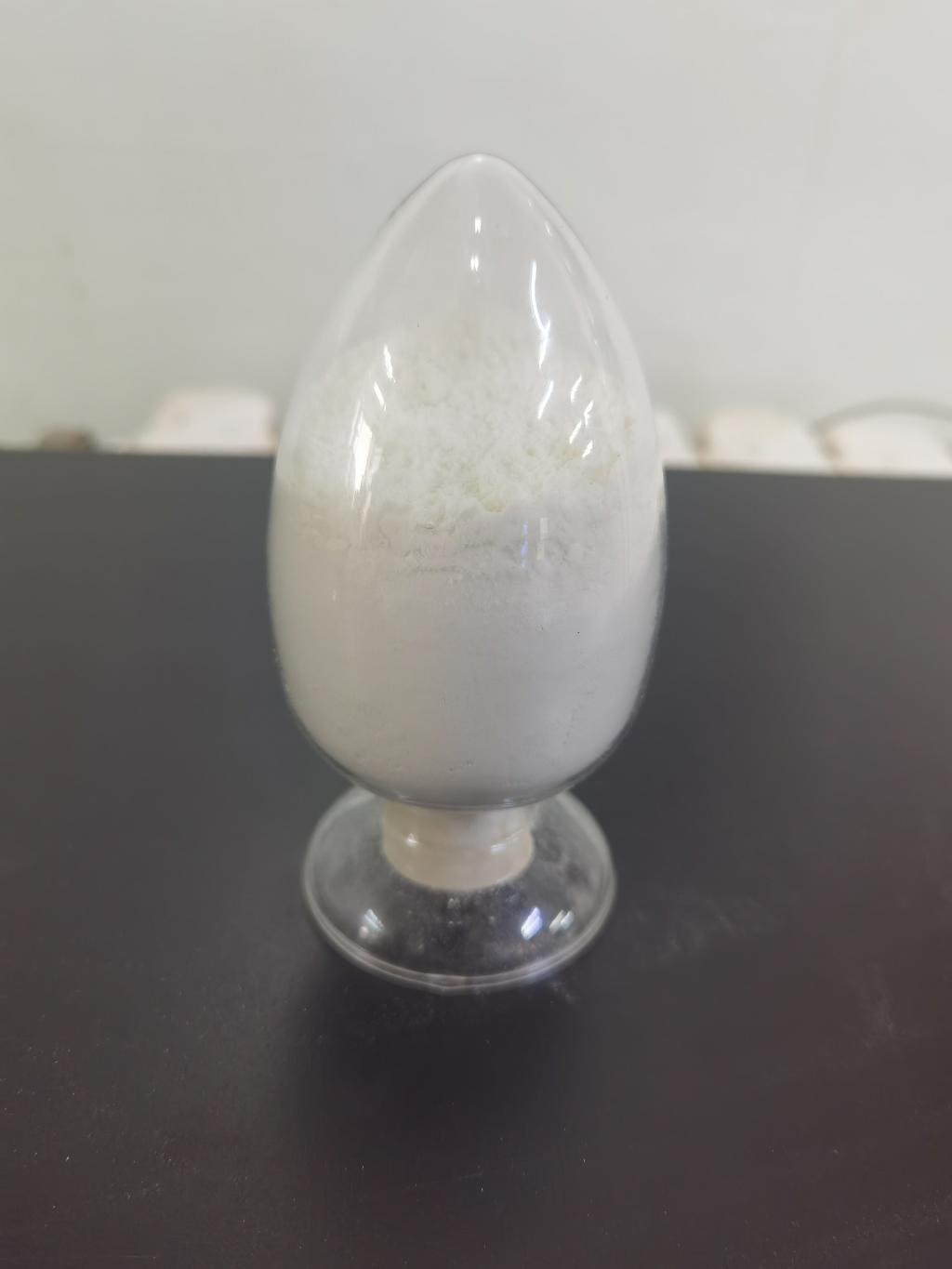Tel:+8618231198596

News
 CONTACT
CONTACT
 CONTACT
CONTACT
- Linkman:Linda Yao
- Tel: +8618231198596
- Email:linda.yao@dcpharma.cn
- Linkman:CHARLES.WANG
- Department:Overseas
- Tel: 0086 0311-85537378 0086 0311-85539701
News
Current Position:
Home >
News
>Optimizing ε-Polylysine Hydrochloride for Enhanced Food Safety Measures
Optimizing ε-Polylysine Hydrochloride for Enhanced Food Safety Measures
TIME:2024-01-15
Understanding the Significance of Food Safety:
Ensuring the safety of the food supply chain is a critical aspect of the food industry's responsibility. Contaminated or spoiled food products can pose serious health risks, leading to foodborne illnesses and compromising consumer trust. Effective food safety measures are essential to prevent microbial contamination, extend shelf life, and maintain the overall quality of food products.
Introduction to ε-Polylysine Hydrochloride:
ε-Polylysine hydrochloride is a naturally occurring antimicrobial peptide derived from the fermentation of Streptomyces albulus. Its broad-spectrum antimicrobial activity makes it a valuable tool for inhibiting the growth of bacteria and fungi in food products. As a cationic polymer, ε-polylysine hydrochloride disrupts bacterial cell membranes, leading to the prevention of microbial proliferation and contributing to enhanced food safety.
Applications in Food Safety Enhancement:
The applications of ε-polylysine hydrochloride in enhancing food safety measures are diverse and impactful. Its antimicrobial properties make it effective against a wide range of microorganisms, addressing common challenges in the food industry:
a. Pathogen Control: ε-Polylysine hydrochloride has demonstrated efficacy in controlling pathogenic bacteria such as Salmonella, Escherichia coli (E. coli), and Listeria monocytogenes. Its application contributes to reducing the risk of foodborne illnesses associated with these pathogens.
b. Spoilage Prevention: Microbial spoilage is a common issue in the food industry, leading to quality deterioration and product wastage. ε-Polylysine hydrochloride helps prevent spoilage by inhibiting the growth of spoilage microorganisms, thereby extending the shelf life of various food products.
c. Preservation in Processed Foods: Processed foods, including meat products, sauces, and condiments, are susceptible to microbial contamination during production and storage. The incorporation of ε-polylysine hydrochloride in processed foods enhances preservation, ensuring both safety and product quality.
Mechanism of Action for Enhanced Food Safety:
The mechanism of action of ε-polylysine hydrochloride involves disrupting bacterial cell membranes, leading to cell lysis and inhibition of microbial growth. This mechanism not only provides a natural and effective means of pathogen control but also minimizes the risk of developing resistance, a common concern with some traditional antimicrobial agents. Understanding the precise mechanism is crucial for optimizing its use in different food matrices.
Dosage Optimization and Compatibility:
Optimizing the dosage of ε-polylysine hydrochloride is a key consideration for achieving enhanced food safety measures. Dosage levels must be carefully calibrated to ensure effective inhibition of target microorganisms without compromising the sensory qualities of the food product. Compatibility with different food matrices, including pH levels and ingredient interactions, plays a crucial role in determining the optimal dosage for specific applications.
Synergistic Approaches with Other Preservation Methods:
Researchers are exploring synergistic approaches involving ε-polylysine hydrochloride and other natural preservation methods. Combinations with substances such as essential oils, organic acids, or modified atmosphere packaging aim to enhance the overall preservation efficacy. Synergistic approaches offer the potential to reduce the reliance on single preservatives, providing a comprehensive and effective strategy for enhanced food safety.
Challenges in Optimization:
While ε-polylysine hydrochloride presents significant benefits for food safety, challenges exist in its optimization. Determining the ideal dosage for different food products, understanding its interactions with other ingredients, and addressing potential sensory effects are ongoing considerations. Overcoming these challenges requires collaborative efforts between researchers, food technologists, and industry stakeholders to optimize ε-polylysine hydrochloride for diverse applications.
Regulatory Considerations:
Navigating the regulatory landscape is a crucial aspect of optimizing ε-polylysine hydrochloride for enhanced food safety measures. Understanding and complying with regulatory requirements ensures the safe and approved use of this antimicrobial peptide in various food products. Collaboration with regulatory authorities is essential to establish clear guidelines and facilitate the responsible incorporation of ε-polylysine hydrochloride into food safety practices.
Consumer Perception and Communication:
Consumer perception of food safety measures is influenced by transparent communication and understanding of the ingredients used in food products. Communicating the benefits and safety of ε-polylysine hydrochloride to consumers is essential for building trust. Clear and transparent labeling, along with educational initiatives, can positively influence consumer perception and acceptance of enhanced food safety measures.
Future Research Directions:
Ongoing research efforts are focused on advancing the optimization of ε-polylysine hydrochloride for enhanced food safety measures. Future research directions include:
a. Formulation Innovation: Exploring innovative formulations and delivery systems to enhance the stability, solubility, and efficacy of ε-polylysine hydrochloride in different food matrices.
b. Compatibility Studies: Conducting in-depth compatibility studies to understand the interactions between ε-polylysine hydrochloride and various food ingredients, ensuring optimal performance in diverse applications.
c. Synergistic Combinations: Investigating synergistic combinations with other natural preservation methods to develop comprehensive and effective strategies for enhanced food safety.
d. Sensory Impact Studies: Conducting sensory impact studies to further understand and minimize any potential sensory effects of ε-polylysine hydrochloride, ensuring consumer acceptance.
e. Global Harmonization: Collaborating with regulatory bodies for global harmonization of standards and approvals, facilitating the widespread adoption of ε-polylysine hydrochloride in diverse regions.
Conclusion:
The optimization of ε-polylysine hydrochloride for enhanced food safety measures represents a significant advancement in the pursuit of clean label and sustainable food preservation. Its natural origin, broad-spectrum antimicrobial activity, and potential for synergistic approaches make it a valuable tool for pathogen control and shelf life extension. As research progresses, collaboration between researchers, food industry professionals, and regulatory authorities will play a pivotal role in realizing the full potential of ε-polylysine hydrochloride for enhanced food safety measures, contributing to the industry's commitment to providing safe, high-quality, and minimally processed food products.
- Tel:+8618231198596
- Whatsapp:18231198596
- Chat With Skype







